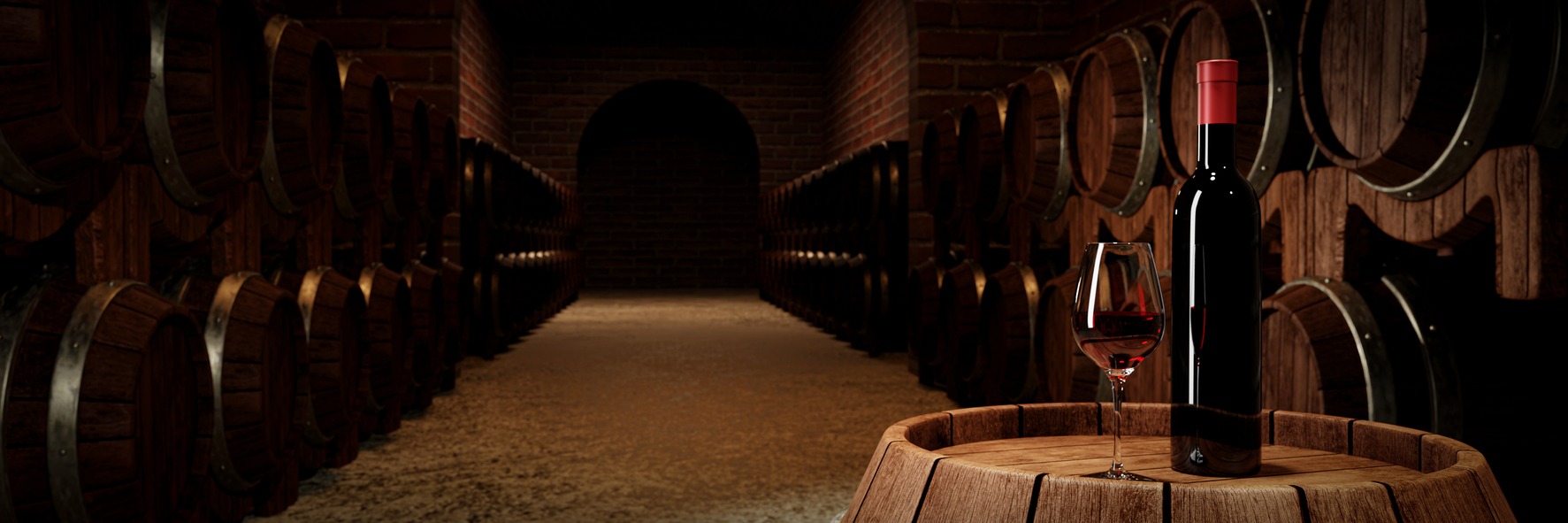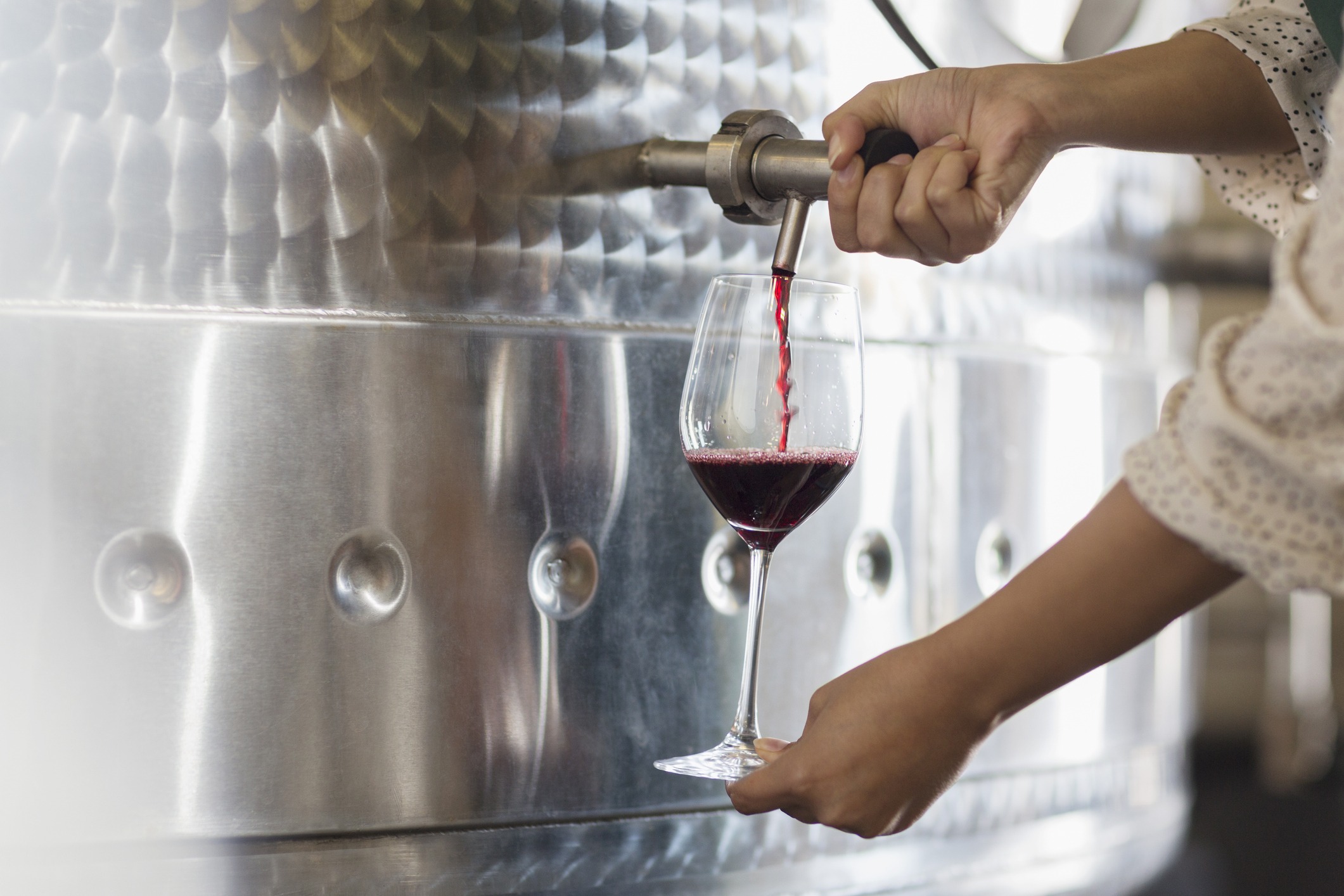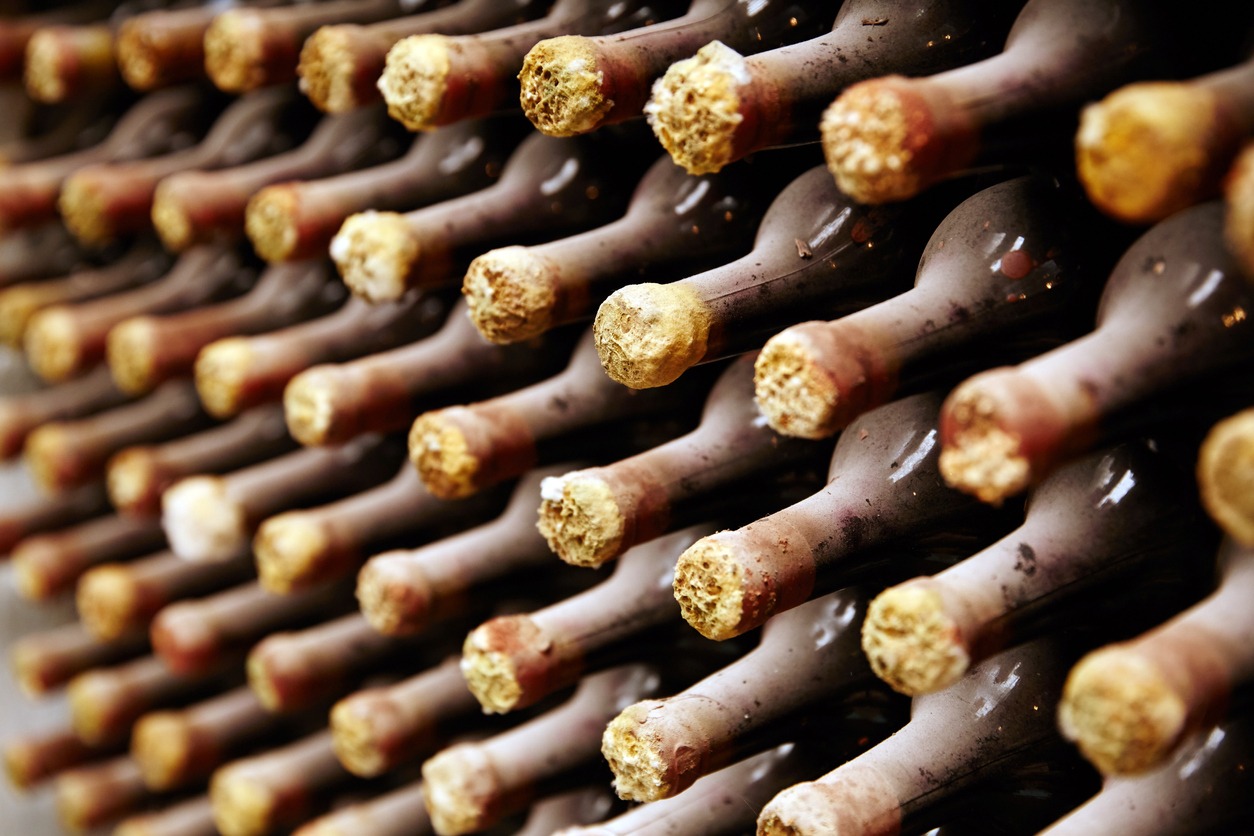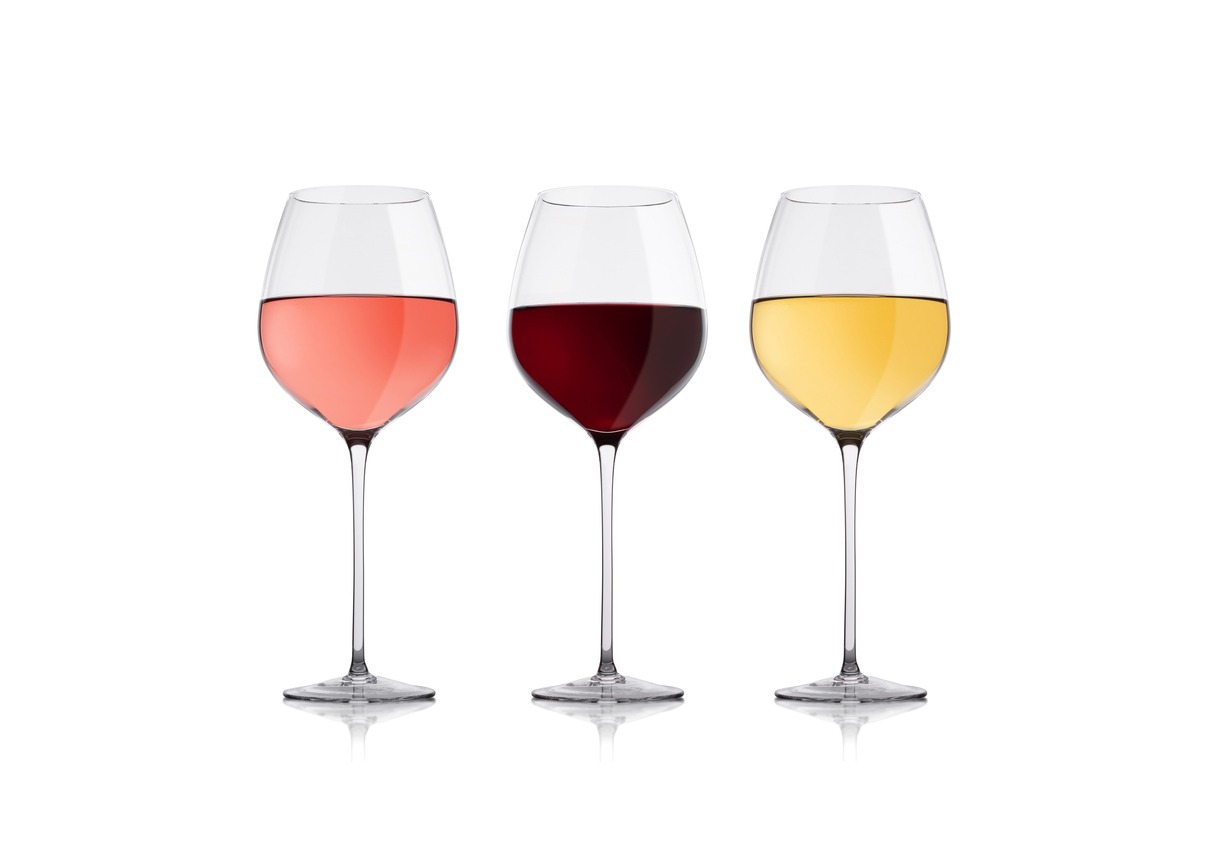The distinction between oaked and unoaked wines is a fundamental concept in the world of viticulture and oenology. Oaked wines are aged in oak barrels, which imparts complex flavors, aromas, and a unique character to the wine. The interaction with the oak can add notes of vanilla, caramel, and spice, and it also influences the wine’s texture and tannin structure. This traditional aging method is appreciated for the depth and richness it can bring to wines.
In contrast, unoaked wines are aged in stainless steel tanks, concrete vessels, or sometimes even in the bottle, and thus retain the pure and unaltered essence of the grape and terroir. These wines are usually brighter and crisper, with fruit-forward flavors and a more pronounced acidity. The absence of oak allows the wine’s varietal characteristics to shine through, providing a different style and drinking experience.
The choice between oaked and unoaked styles often comes down to personal preference, the variety of grape, and the intended complexity of the wine. Winemakers decide on the use of oak based on the qualities they want to highlight in their final product. Both oaked and unoaked wines have their own appeal and distinctive qualities, contributing to the diverse and rich tapestry of the wine world.
The Fundamentals of Oaked and Unoaked Wines
Oak’s role in winemaking is pivotal, directly impacting wine’s flavor and characteristics. Unoaked wines remain preserved in their fruit-forward profile away from such influence.
Understanding Oak’s Influence
When winemakers choose to age wine in oak barrels, the oak serves as a flavor catalyst, imparting its signature elements into the liquid. Specifically, these barrels can be made from American or French oak, each bestowing distinct taste notes. French oak contributes elegant, earthy nuances, including hints of roasted coffee and dark chocolate, whereas American oak has a lighter influence, offering a sweeter palette with notes of vanilla and coconut. The barrels also allow a minimal oxygen exchange, which is crucial for the wine’s development, subtly softening its tannins over time.
- Flavor Profile Alteration:
- French Oak: Earthy, roasted coffee, dark chocolate.
- American Oak: Vanilla, coconut, sweet spices.
- Oxygen Exchange: Oak barrels permit minimal interaction with oxygen, affecting the wine’s evaporation and maturation.
Defining Unoaked Wine
Unoaked wine is wine that has been aged in vessels that impart no additional flavors—most commonly stainless steel tanks. These wines focus on preserving the purity and brightness of the fruit, allowing the primary fruit flavors to remain at the forefront. The absence of oak means these wines typically exhibit crisper, cleaner profiles, often with a heightened sense of the grape’s authentic flavor and aroma characteristics.
- Flavor Preservation: Stainless steel tanks ensure the wine’s flavor is influenced solely by the grape and fermentation process.
- Fruit Characteristics: Primary fruit notes are pronounced, creating a clear display of the grape’s profile.
Aging Process and Wine Maturation
The aging process of wine is a critical phase where its flavor profile, texture, and quality evolve. This maturation can occur in various environments, such as oak barrels or stainless steel containers.
Role of Barrels in Aging
Oak barrels are traditional vessels used for aging wine. Here are key points regarding their role:
- Flavor Infusion: Oak barrels contribute to the complexity of wine by infusing it with distinctive flavors such as vanilla, caramel, and spice.
- Oxygen Exposure: The porous nature of oak allows for a controlled exposure to oxygen, which helps to soften the tannins and enhance the balance of the wine.
- Texture: Over time, the interaction between the wine and the wood can also impact the texture, giving it a smoother, richer mouthfeel.
Alternative Aging Methods
Apart from oak barrels, there are other methods used to age wine:
- Stainless Steel Containers: These are preferred for preserving the crispness and fruitiness of the wine without adding any external flavors.
- Alternatives to Barrels: Items like oak chips or staves can be used during fermentation to impart some characteristics of oak aging in a more cost-effective manner.
Aging in stainless steel containers or using alternatives does not provide the same level of oxygenation or flavor complexity as traditional oak barrel aging. However, they offer a different profile that might be more suitable for certain wine styles that aim to maintain varietal purity and freshness.
Sensory Profile and Wine Tasting Notes
When exploring oaked and unoaked wines, their sensory profiles stand distinctly apart, primarily influenced by their respective aging processes.
Oaked Wine Aromas and Flavors
Oaked wines express a complex bouquet of aromas and flavors, gaining character from the interaction with oak barrels during the aging process. The use of American, Hungarian, or French oak introduces specific nuances.
- Aromas: They often exude scents of vanilla, toast, and oaky undertones.
- Flavors: On the palate, these wines might have a pronounced buttery quality or exhibit a spice-laden profile with hints of darker elements such as roasted coffee.
The color of an oaked wine is typically deeper, a result of the extended time spent in barrels allowing for subtle oxygenation and pigment development.
Unoaked Wine Aromas and Flavors
Unoaked wines, in contrast, are celebrated for their fresh and pure expression of the varietal’s qualities, unaltered by oak.
- Aromas: Prominent are bright, fruity notes, where the true essence of the grape is front and center.
- Flavors: The palate of an unoaked wine can be crisper, showcasing the varietal’s natural fruit flavorswithout the interference of oak-induced complexity.
These wines tend to maintain a lighter color and a straightforward flavor profile, reflecting the lack of oak influence in both smell and taste.
Impact on Wine Varietals
Oak aging can significantly influence the flavor profiles and characteristics of different wine varietals. The selection between oaked and unoaked can transform the same grape into strikingly different wines.
Influence on White Wines
For white wines, the choice between oaked or unoaked aging methods is critical. Chardonnay serves as a prime example, where an oaked Chardonnay typically presents a fuller body with buttery, vanilla, and toasted notes due to compounds called lactones from the oak. Conversely, unoaked Chardonnays maintain a lighter body and brighter acidity, emphasizing fruitier and fresher flavors. Sauvignon Blanc is another varietal where unoaked versions are preferred, preserving the wine’s zesty and herbaceous character.
Influence on Red Wines
Regarding red wines, oak treatment can add complexity to tannins and introduce secondary aromas and flavors. Cabernet Sauvignon often benefits from oak aging, which enhances its natural flavor profile with hints of vanilla and spice, and helps soften its tannins. Merlot often displays richer, smoother textures when oaked. However, Pinot Noir, known for its delicate flavors, can be overpowered by too much oak. For wines like Syrah, which has robust flavors and tannic structure, oak can complement its peppery and dark fruit characteristics without overshadowing the wine’s inherent qualities.
Cultural and Regional Variations
The choice to use oak in wine production is deeply influenced by regional traditions and the winemaking philosophies prevalent in those areas.
Old World Versus New World Practices
Old World regions, notably in Europe, have centuries-old winemaking traditions that often favor oak use. In French viticulture, for instance, the oak barrel is a classic element for aging wines, imparting complex flavor profiles that are signature to many European wines. French oak barrels are renowned for transferring elegant, earthy flavors like roasted coffee and savory spices to the wine.
In contrast, New World winemakers, particularly those in regions of America and Australia, may take a more modern and sometimes less traditional approach to winemaking. American oak barrels, when used, are known for their contribution of lighter, sweeter notes such as vanilla and coconut. However, winemakers in these regions may also opt for a more fruit-forward and fresher taste by choosing not to age their wines in oak barrels.
Wine Production Philosophies
Winemakers’ philosophies influence whether a wine is oaked or unoaked. Some winemakers aim for a naturalexpression of the grape and terroir, often resulting in unoaked wines that showcase the fruit’s purity and higher acidity. This approach is more common among winemakers who produce wine in smaller quantities and focus on the grape’s intrinsic characteristics.
Conversely, winemakers who aim for a more consistent flavor profile across vintages, often associated with mass-produced wines, may rely on the oak aging process to ensure that consistent quality. The oak can help to smooth out variability and add complexity to the wines, which is a philosophy that supports the use of oak irrespective of the region.
Whether choosing Old World or New World techniques, or a natural versus controlled winemaking philosophy, the use of oak remains a defining factor in the final wine’s character and serves as a testament to the diverse practices and beliefs in the winemaking community.
Final Thoughts
The difference between oaked and unoaked wines is a significant factor in the world of wine tasting and production, impacting the flavor, aroma, texture, and overall profile of the wine. Oaked wines are known for their richer, more complex flavors with hints of vanilla, butter, caramel, and spice, due to the influence of oak barrels during the aging process. These barrels contribute to the wine’s character, adding layers of depth and often increasing its longevity. On the other hand, unoaked wines offer a purer expression of the grape and terroir. They are typically fresher, crisper, and fruitier, presenting a straightforward and clean profile that reflects the intrinsic qualities of the grape variety used. The choice between oaked and unoaked wines depends largely on personal preference and the occasion, with each offering its unique appeal to wine enthusiasts.
Understanding these differences is key for both casual drinkers and connoisseurs in selecting the right wine for their palate or occasion. While oaked wines might be preferred for their complexity and depth, ideal for savoring slowly or pairing with hearty meals, unoaked wines are often sought after for their refreshing simplicity, perfect for light dishes or warm weather sipping. Ultimately, the world of wine is vast and varied, and the distinction between oaked and unoaked wines is just one fascinating aspect that contributes to its rich tapestry. Experimenting with both types can lead to delightful discoveries and a deeper appreciation of the art and science behind winemaking.




